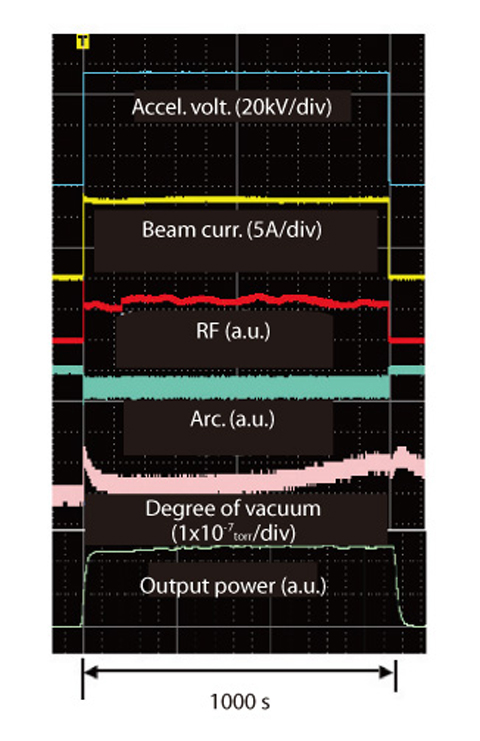
Fig.3-14 Schematic view of high-power gyrotron for fusion

Fig.3-15 Comparison of beam current and applied cathode voltage in 1000 s operation without oscillation.
Red shows operation with pre-programming control, blue shows operation without control.

Fig.3-16 Typical waveform of stable gyrotron operation during 1000 s
A 170 GHz gyrotron for International Thermonuclear Experimental Reactor ("ITER"), a high power Radio-Frequency (RF) source used for plasma heating and current drive, achieved 1000 s operation, far exceeding the 400 s standard operation time for "ITER" plasma burning, thus establishing gyrotron technology for a stable and steady state oscillation.
A gyrotron (Fig.3-14) is a microwave tube that utilizes the electron-cyclotron resonance maser effect and a weakly relativistic electron beam (<100kV) through gyro-motion. It can generate high output of millimeter waves of 100 GHz band with high efficiency. The "ITER" requires a 170 GHz high-power gyrotron system with total output of 24 MW, for electron cyclotron heating, current drive and suppression of plasma instabilities. Intensive development of the 170 GHz gyrotron (1 MW, CW, and 50% efficiency) is under way in JAEA. The magnetron injection gun makes a hollow beam of gyrating electrons with an energy of ~80 keV, which is injected into a cylindrical cavity. A TE 31,8 mode RF wave is excited in the cavity, output through the diamond window, and converted to a Gaussian beam by a quasi-optical mode converter.
A significant issue was the large beam current decrease caused by the emission cooling of the cathode for the long pulse operation. The rapid slump of beam current caused oscillation mode change and limited the pulse extension (Fig.3-15). Consequently, the power decreased.
To suppress the beam current decrease, pre-programming control of the cathode heater power was applied to keep the cathode temperature constant and thus stabilize the beam current. As a result of stabilization of the beam current, the stable and steady state oscillation of 1000 s with 0.6 MW output power was achieved by the 170 GHz ITER gyrotron (Fig.3-16). It appears that the beam current control by pre-programming of cathode heater power will enable long pulse, high power operation up to 1MW. With this successful steady state operation for 1000 s, one of the issues for the ITER gyrotron was solved. In the future, the development of high performance 170 GHz gyrotrons with 1MW output and 50% efficiency will be carried out.